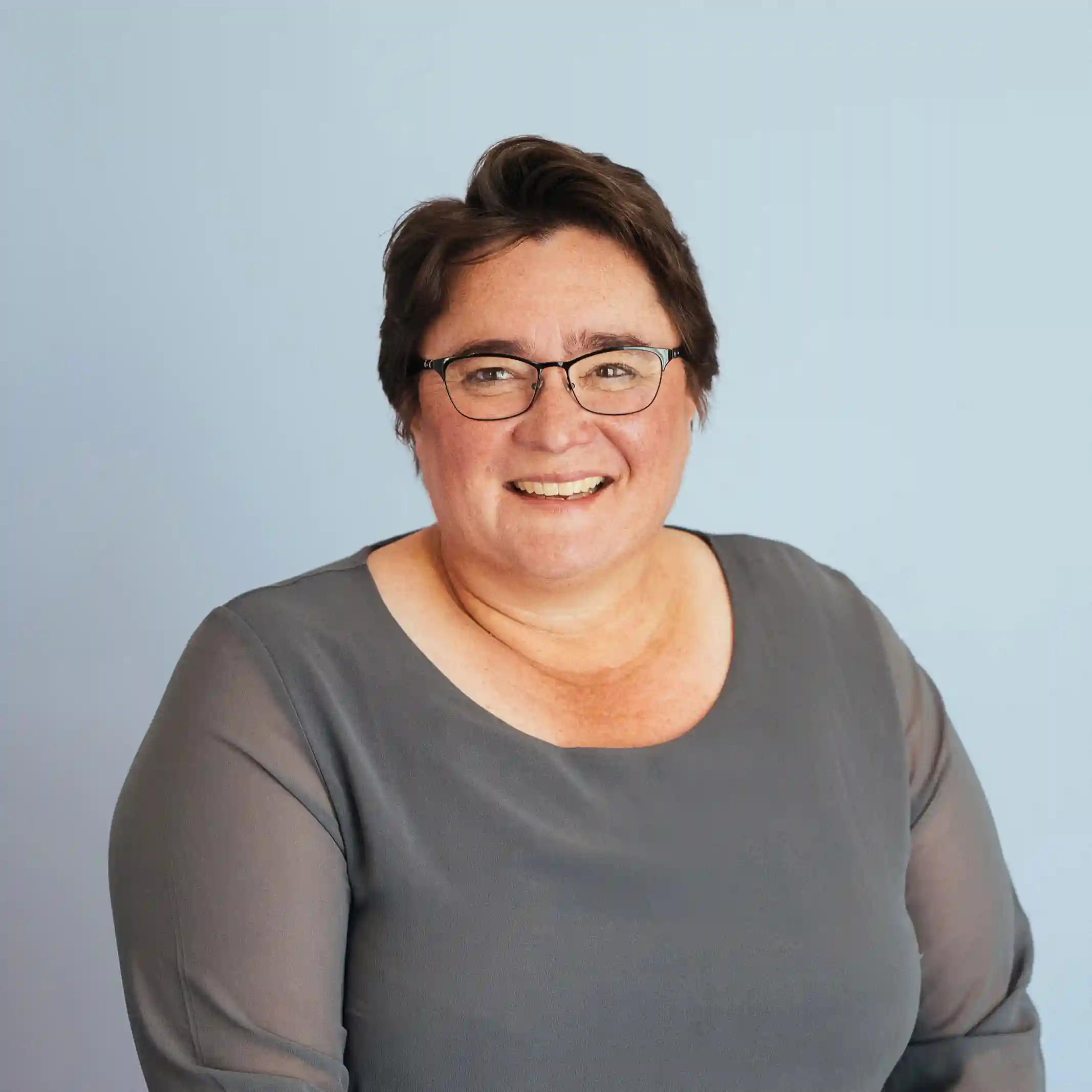
Meg Heffron
Managing Director
It’s common to assume that once a member decides to wind up their SMSF, it should just happen as quickly as possible. But sometimes, there are other considerations, particularly if there are pensions involved.
SMSFs get wound up eventually – in the circle of superannuation life they will eventually stop being useful at a certain point in a client’s life (or on their death).
While the next generation could technically take over the structure itself, often that’s not what happens. Instead, the fund is wound up. Usually people want to do this as quickly as possible – every year means another year of accounting and audit fees. And sometimes that’s exactly the right approach. But there are a few extra considerations that might mean slowing down is good.
Let’s look at a case where the money is being rolled over to a public fund rather than taken out of super entirely.
Usually the pattern is to rollover “most of the money” first and then make a final payment once the fund’s final tax refund has been received.
In a fund paying a pension, the pension technically has to be commuted so the rollover can take place (only lump sums can be rolled over so the pension firstly needs to be turned into a lump sum). There are two ways this could be approached – and to highlight the difference between the two let’s assume that the fund only has one member, one pension and no accumulation accounts.
Firstly, the pension could be fully commuted and as much as possible rolled over. The final payment would then be made from a small accumulation account.
Remember that ECPI stops when a pension is fully commuted. So if the fund was claiming ECPI using the “segregated method”, only income (and capital gains) received before the trustee formally commuted the pension is exempt. If the rollover is happening in specie, then by definition all of the capital gains realised as a result of the transfer will be realised after the commutation and will be taxable.
These days, fortunately, we have a solution. The trustee can elect to use the “actuarial % method” for the whole year. That means it doesn’t really matter that the capital gains are realised after the pension has stopped – the actuarial % is likely to be fairly similar either way (as long as the two events happen at similar times).
But the key here is to actually make the election and ensure the tax return is prepared on that basis.
Legally, the “default” for many funds in this position is that the segregated method will apply and the tax return software will (correctly) default to this approach.
The second approach would be to partially commute the pension and just rollover the partial commutation. The great thing about that option would be the pension continues and so does ECPI. The capital gains would be realised at a time when the whole fund was still in pension phase – so there’s no need for the trustee to make the election etc. But there’s also a downside. The minimum pension payment set at the start of the year continues to apply until the pension is fully commuted. So if a little bit of pension account remains for the whole year, the member will need to take the full minimum pension. That might be fine in some cases but in others it could mean the member has to take more than they expect out of their super. And remember that if their (large) rollover is converted to a new pension in their new fund, they will also be taking a minimum from that pension. (Effectively their combined minimum will double count their super.)
Moving on to a different scenario - what if the fund had accumulation accounts as well? In that case, the actuarial % method would generally be used for ECPI in the first place. But this is where really understanding how the percentage is calculated can be invaluable in helping your clients minimise their tax. And it also might encourage you to slow down.
Consider a fund where approximately 50% is in pension phase and 50% is in accumulation phase. In the normal course of events, where a large rollover or pay out to the member is made first, the actuarial % will be around 50% and so all the capital gains realised to make the payments will be partially taxed.
But the trustee can get a better result if they’re willing to wait a bit. Let’s say the wind up is being initiated in May 2025.
They could look to transfer all the accumulation balances in the first year (2024/25). Ideally this would draw on as much cash or assets with low capital gains as possible. During that year, the actuarial % would be around 50%.
Early in the following year, the trustee would realise the remaining capital gains and make a second large transfer (most of the fund). In that year, remember, all that remains is pension accounts. So the capital gain would be realised at a time when the actuarial % is more like 100% - potentially reducing the tax paid enormously. Going slowly might be well worth it, even if it results in another year of accounting and audit fees.
We discussed everything you need to know about winding up an SMSF at our webinar on 5 June - watch the recording here: Windups - Tips and Tricks Webinar.
This article is for general information only. It does not constitute financial product advice and has been prepared without taking into account any individual’s personal objectives, situation or needs. It is not intended to be a complete summary of the issues and should not be relied upon without seeking advice specific to your circumstances.

.webp)

